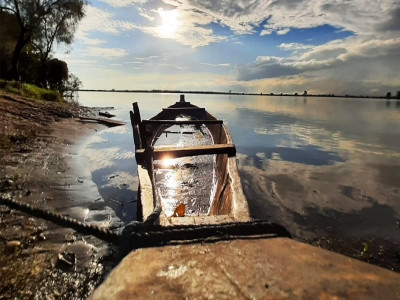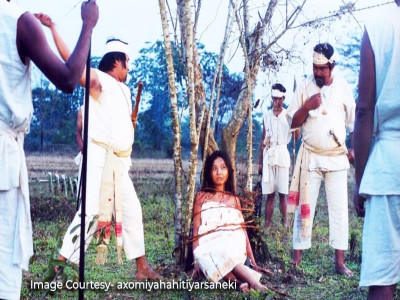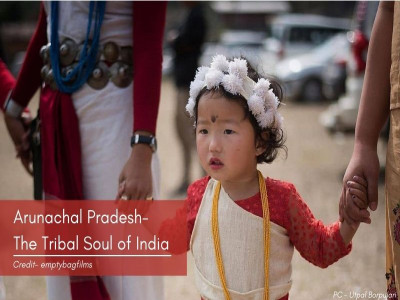
Dah Parvatiya: Its Structural Ruins and Sculptures
The modern town of Tezpur, which is the headquarter of the Sonitpur district of Assam, is situated on the north bank of the river Brahmaputra. Its geographical coordinates are 260 38` North and 920 48` East. The subdivision of Tezpur in the district of Sonitpur covers an area of 2250 square kilometers as per the record of the Survey of India. Tezpur occupies a prominent position on the map of Assam. It is also regarded as the cultural capital of Assam. Tezpur not only occupies a significant position in modern-day Assam, but it also has a glorious past. Its importance is equally eminent from the remains of the past. To date, however, very fewer attempts have been made to carry out a thorough study of archaeological remains scattered all around the region of Tezpur.
Tezpur is a historically and archaeologically rich place with the presence of significant historical landmarks and temples, like the Agnigarh Fort, Structural and architectural relics at Cole Park, Harjjara Pukhuri (pond) dated to king Harjjara, Structural ruins at Singri, Bhairavi Devalaya (known as Maaithan) associated with Usha, daughter of king Bana, some sculpted stone panels and old bricks also lie at the site. At Ganesh ghat image of Ganesh with his vahanamusaka is curved on a rock, the temple of Mahabhairav is associated with king Bana, HaleswarDevalaya, the sculpted image of Ganesh at Dhenukhana Parbat, a massive pancha-mukhalinga and its Yonipitha at Ketekibari, Gupteshwara temple at Singri, Rudrapad, the ruins of Bamuni hills, Door-frame and other structural remains of Dah-Parbatiya, etc. The area is rich in archaeological sites which are protected and preserved by the Directorate of Archaeology, Assam under the Assam Ancient Monuments and Records Act, 1959.
In and around Tezpur, relics of historical importance and artistic beauty are discovered at various localities like Da-Parbatiya (Dah-Parbatiya), Bamuni Pahar, Garh-Doul, Ketekibari, etc. Among these, the finest and the oldest specimen of sculpture or iconic art in Assam is the temple (stone) door-frame of Dah-Parbatiya of the early Gupta schools of sculpture.
Dah Parbatiya is a small village located on the western side of Tezpur. The village is renowned for the presence of architectural remnants of an ancient temple. The temple is dated to the 6th Century A.D. overlying the ruins of another Shiva temple built of bricks during the Ahom period. When the Shiva temple was destroyed during the Assam Earthquake in the year 1897, the remains of the Gupta period temple were revealed in the form of a stone door-frame. An archaeological excavation done here in 1924 led to the discovery stone door frame with extensive carvings. On the stone door frame, the figures of Ganga and Yamuna, holding garlands in their hands standing at the foot of the door-jambs of the door frame, which are decorated with beautiful ornamental foliage carvings are similar to the Greek architecture. The decorative elements have close similarities with that of the Odisha temples.
The archaeological remains of the period reveal the importance of the region of Tezpur as a political center with a vibrant social and economic life of its inhabitants. The people imbibed within themselves the traits of the Aryan culture which reveals its pan-Indian nature. All the sculpted divine figures depict the iconographic norms prevalent in other parts of India.
Rituals such as Archana, Abhishek, and Arati are conducted daily in the temple. The festivals of Maha Shivratri, Kartaki Purnima, and Diwali are also celebrated in a grand manner in the temple.
Disclaimer: The opinions expressed in this article are those of the author's. They do not purport to reflect the opinions or views of The Critical Script or its editor.

Newsletter!!!
Subscribe to our weekly Newsletter and stay tuned.

















Related Comments